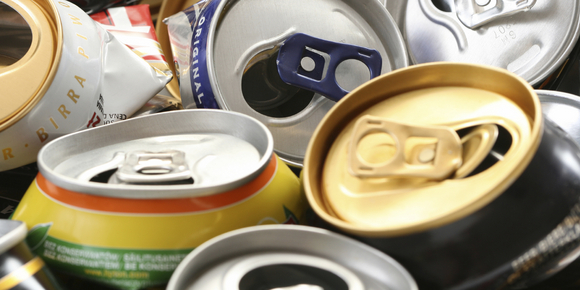Published Monday, 22 September 2014
Priorities and policy options to support the circular economy

In contrast to a traditional ‘take-make-use-dispose’ linear economy, a circular economy envisages a deep transformation of production chains and consumption patterns to keep materials circulating in the economy for longer, re-designing industrial systems and encouraging cascading use of materials and waste. It goes beyond the pursuit of waste prevention and waste reduction to inspire technological, organisational and social innovation across and within value chains. While there are a range of policies and measures already in place and initiatives underway that address part of the circular economy; there remain untapped opportunities, costs to be avoided and obstacles to be addressed to accelerate the transition in the EU.
Against this backdrop, DG Environment launched a scoping study to identify potential circular economy actions, priority sectors, material flows & value chains. The study was carried out by the Policy Studies Institute (PSI), Institute for European Environmental Policy (IEEP), BIO and Ecologic Institute between November 2013 and July 2014. The aim of the study was to provide an initial scoping assessment of potential priorities and policy options to support the transition to a circular economy in the EU. The study reviewed existing literature, identified potential priority areas for action where accelerating the circular economy would be beneficial and where EU policy has a particular role to play, and developed potential policy options for consideration across a range of areas which could be explored in further detail in the future.
The study finds that the transition to a circular economy requires systemic change and a more holistic, integrated approach which takes into account the myriad of inter-linkages within and between sectors, within and across value chains and between actors. Such an approach requires a mix of complementary instruments and approaches which can be taken forward by actors at different levels, including regulatory measures, economic incentives, targeted and increased funding, efforts to engage and link actors along the value chain and initiatives to raise awareness of the benefits of the circular economy and available solutions. This needs to take into account the value chain structure, the business case for circularity and the need for policy intervention which varies considerably across different firms, sectors, products and value chains. The recently published circular economy package from the Commission can be a useful framework for taking forward EU initiatives in this area, engaging a range of stakeholders across sectors, value chains and countries both within the EU and internationally.
Authors
- Sirini Withana
- Patrick ten Brink
- Paolo Razzini
- Elizabeth van Dijl
- Emma Watkins
- Robin Vanner
- Martha Bicket
- Mathieu Hestin
- Adrian Tan
- Sarah Guilcher
- Christian Hudson
Downloads
- Potential priorities and policy options to support the circular economy in the EU PDF 6.8 MB
- Circular economy in the EU scoping study - Annexes PDF 6.9 MB
